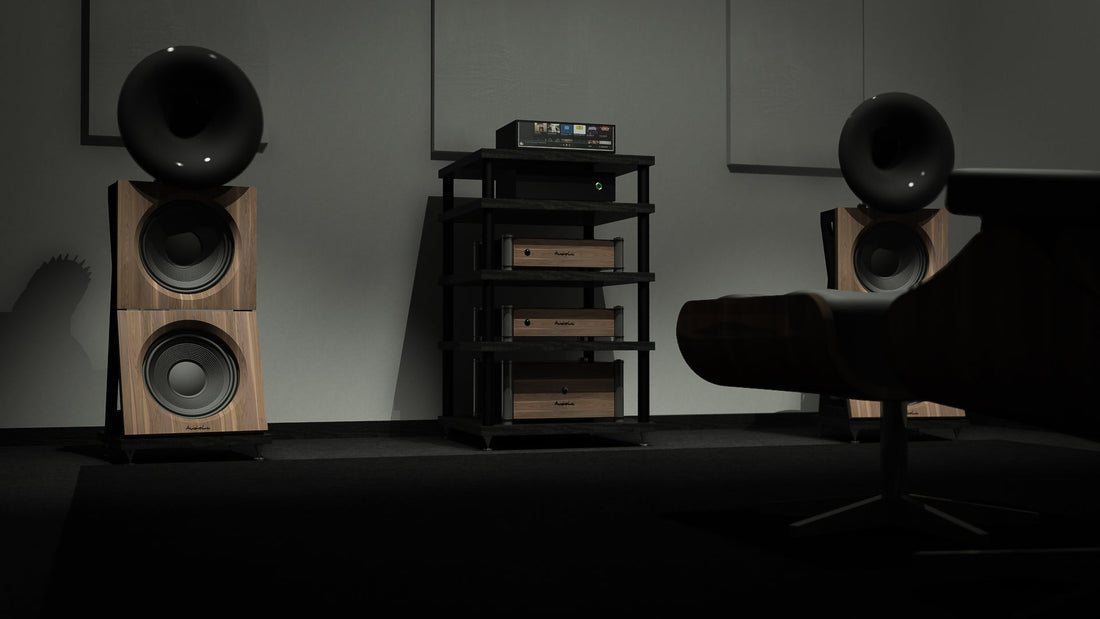
Sample Rate and Bit Depth in Liquid Music
Share
Sample Rate and Bit Depth in Liquid Music: What Do They Mean?
Digital music has revolutionized the way we listen to and store our favorite tracks. Two fundamental concepts that determine the sound quality in liquid music are sampling rate and bit depth . But what exactly do these terms mean and how do they affect audio quality?
What is Sampling Rate?
Sampling rate refers to how many times per second a sample of sound is captured when digitizing an analog signal. It is measured in Hertz (Hz) or more commonly in kilohertz (kHz) .
For example:
- 44.1 kHz (44,100 samples per second) is the standard for audio CDs.
- 48 kHz is often used in professional settings, such as film and music production.
- 96 kHz or 192 kHz are higher frequencies used in high-resolution audio.
The higher the sampling rate, the higher the fidelity of the recording, as more details of the original sound are captured.
What is Bit Depth?
Bit depth is the number of bits used to encode each audio sample. It determines the dynamic range, or the difference between the softest and loudest sounds that can be reproduced without distortion.
Common examples of bit depth:
- 16 bit : standard for CDs, with a dynamic range of approximately 96 dB.
- 24 bit - Used in professional audio, with a dynamic range of approximately 144 dB.
- 32 bit float : present in some advanced audio productions, it allows for greater flexibility in recording and mixing.
More bits mean a more detailed and less noisy sound, especially in quieter passages.
How Do They Affect Sound Quality?
An audio file with a high sampling rate and higher bit depth will contain more information and sound closer to the original source, with more detail and dynamics. However, files with higher specifications require more storage space and proper playback.
For general listening, 24-bit/96 kHz FLAC or WAV is often sufficient to obtain excellent quality. There are several audio formats, which can be divided into two main categories: lossless (without loss of quality) and lossy (with loss of quality) . Lossless formats include FLAC, ALAC and WAV , which maintain the original sound quality. Lossy formats, such as MP3, AAC and OGG , reduce file size while sacrificing some audio quality, making them more suitable for streaming and sharing online.
Conclusion
Understanding sample rate and bit depth is essential to assessing the quality of digital music. While higher specifications provide more faithful reproduction, the listening experience also depends on the equipment used and the environment in which you listen to the music. Finding the right balance between quality and practicality is the key to enjoying liquid music at its best.
